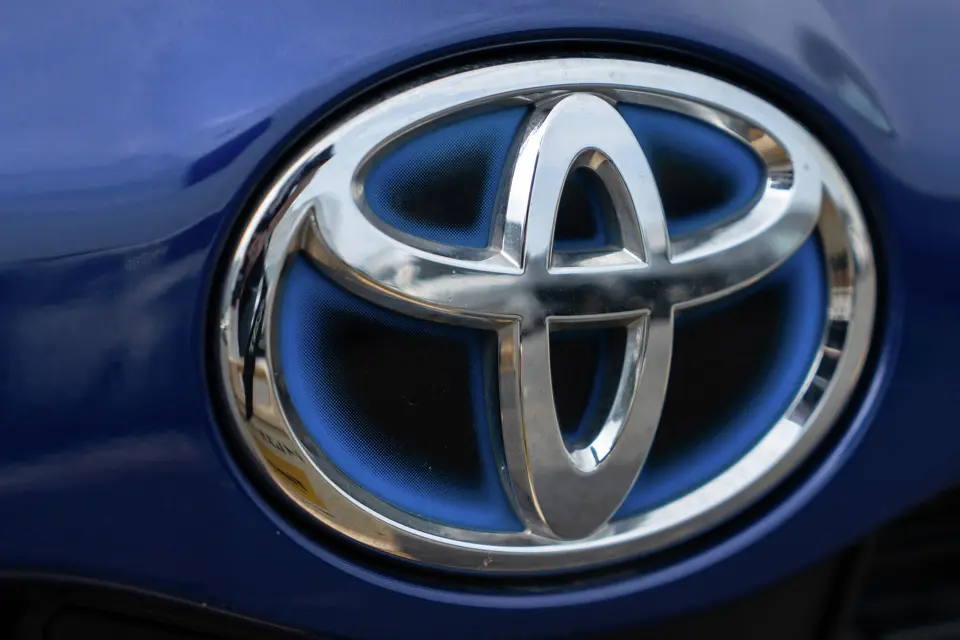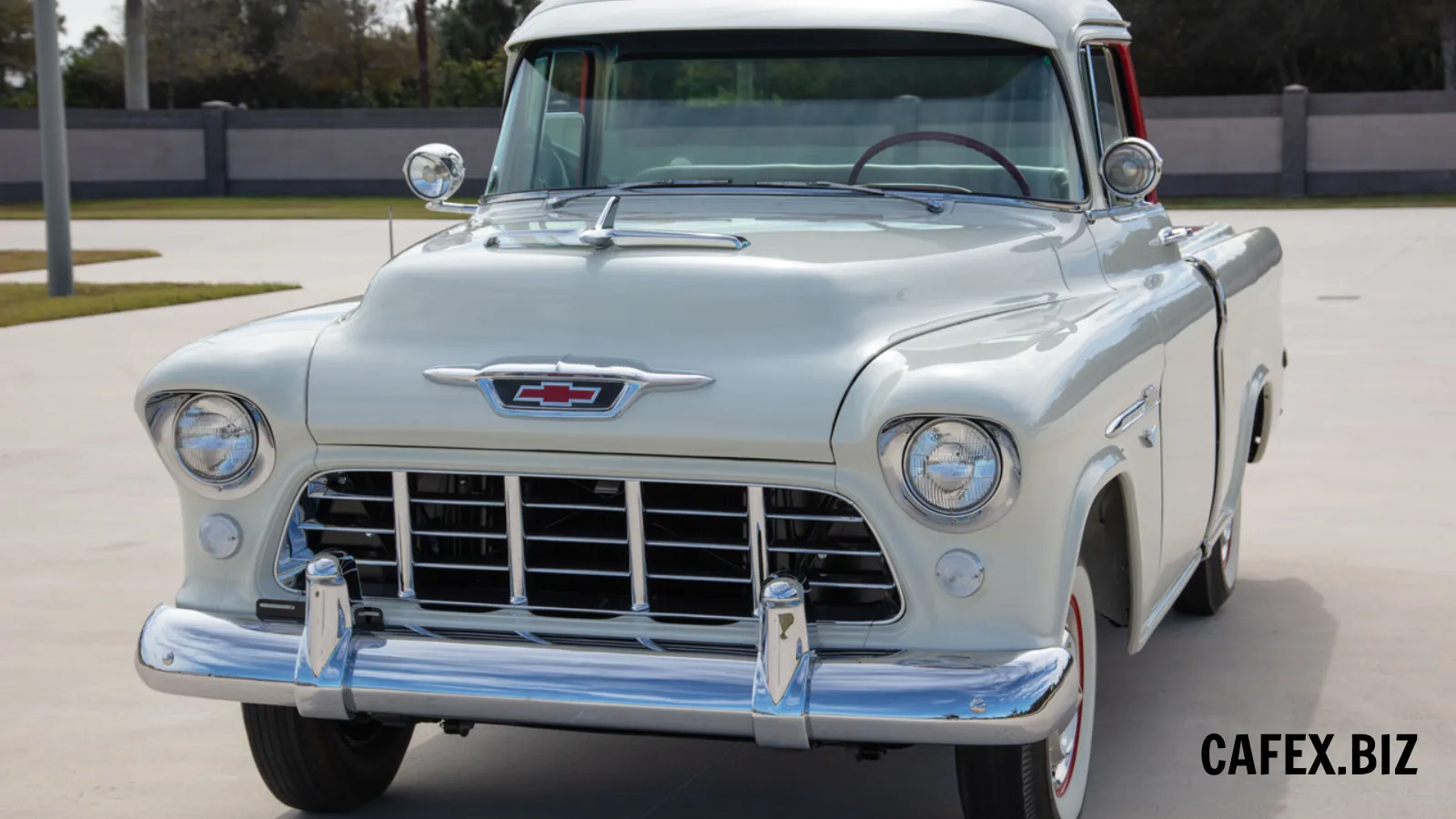The 1956 Cadillac Fleetwood stands as a testament to the opulence and grandeur of the post-WWII American automobile industry. During the mid-1950s, Cadillac was synonymous with luxury, style, and prestige.
-1686633607.jpg)
The Fleetwood, in particular, was the epitome of these qualities, representing the finest in American automotive craftsmanship and design. This in-depth look at the 1956 Cadillac Fleetwood explores its history, design, performance, and lasting legacy.
1. A Brief History of Cadillac
Cadillac was founded in 1902 by Henry Leland, a skilled engineer and entrepreneur. The company was named after Antoine de la Mothe Cadillac, the French explorer who founded Detroit in 1701. From its inception, Cadillac aimed to produce high-quality, reliable, and technologically advanced automobiles. The brand quickly gained a reputation for its precision engineering, attention to detail, and commitment to innovation.
-1686633631x1024.jpg)
By the 1920s, Cadillac was already firmly established as a luxury brand, catering to the needs of wealthy clientele who desired exclusivity and refinement. Cadillac's early success can be attributed to several groundbreaking innovations, such as the invention of the electric starter in 1912 and the introduction of the V8 engine in 1915.
-1686633892x1024.jpg)
In the 1930s, Cadillac introduced the Fleetwood series, named after the renowned Fleetwood Metal Body Company of Pennsylvania, which was known for producing high-quality, custom-built automobile bodies. The Fleetwood series quickly became synonymous with luxury and prestige, catering to an elite clientele who desired the best in terms of technology, design, and craftsmanship.
2. The Post-War Boom: Setting the Stage for the 1956 Fleetwood
The years following World War II were marked by economic prosperity and a growing demand for luxury automobiles in the United States. Cadillac capitalized on this demand by continuously refining and expanding its lineup of luxury vehicles. The Fleetwood series, in particular, continued to evolve, with each new model boasting additional features, improved performance, and enhanced styling-1686633644x1024.jpg)
By the mid-1950s, Cadillac had firmly established itself as the premier luxury automobile brand in the United States. The 1956 Cadillac Fleetwood represented the pinnacle of this success, offering unparalleled luxury, comfort, and performance to a discerning clientele.
3. Design
The 1956 Cadillac Fleetwood showcased a luxurious and distinctive design that exuded elegance and prestige. Here are some key design elements of the 1956 Cadillac Fleetwood:
Exterior
The Fleetwood featured a long and sleek body with a prominent front grille. The front grille was large and vertically oriented, adorned with chrome accents and a prominent Cadillac emblem in the center. The grille was flanked by dual headlamps integrated into sleek chrome housings. The body lines were clean and refined, with subtle curves and chrome trim highlighting the car's sophistication.
Tail Fins
One of the most iconic design elements of the 1950s era was the tail fin, and the 1956 Fleetwood embraced this trend. The rear of the car featured prominent tail fins that extended vertically from the rear fenders. These fins were seen as a symbol of automotive innovation and captured the spirit of the era's space-age influence.
-1686633672x1024.jpg)
Roofline
The Fleetwood's roofline had a graceful and flowing design. It featured a gently sloping rear pillar and a subtly curved roof, giving the car a sleek and aerodynamic appearance. The large windows added to the spacious and airy feel of the interior.
Chrome Accents
Chrome accents were a prominent feature of the 1956 Fleetwood, adding to its luxurious appeal. Chrome trim was present along the sides of the car, around the windows, and on the bumpers. These shiny accents accentuated the car's elegant lines and contributed to its overall visual impact.
Interior
The interior of the 1956 Fleetwood was crafted with luxury and comfort in mind. It offered plush upholstery, fine materials, and exquisite detailing. The cabin featured spacious seating and ample legroom, providing a comfortable and luxurious experience for both the driver and passengers.
-1686633693x1024.jpg)
Finishing Touches
The 1956 Fleetwood boasted meticulous attention to detail, evident in the small design touches. These included the iconic Cadillac emblem on the hood and decklid, the elegant chrome door handles, and the beautifully styled wheel covers.
4. Engine
The 1956 Cadillac Fleetwood was equipped with a powerful and advanced engine for its time. The standard engine option for the Fleetwood was a 365 cubic-inch (6.0-liter) V8 engine. Here are the details of the engine:
Engine Type: V8 (Eight-cylinder)
Displacement: 365 cubic inches (6.0 liters)
Fuel Delivery: The engine utilized a four-barrel carburetor to deliver fuel and air mixture to the cylinders.
Transmission: The engine was typically mated to a Hydra-Matic four-speed automatic transmission, offering smooth and effortless gear changes.
-1686633709x1024.jpg)
The 365 V8 engine in the 1956 Cadillac Fleetwood was known for its performance and smooth power delivery. It provided ample power to propel the car with ease and offered a refined driving experience. The V8 engine was well-regarded for its reliability, durability, and ability to deliver the performance expected from a luxury vehicle of that era.
5. Performance
The 1956 Cadillac Fleetwood was known for its smooth and comfortable ride rather than high-performance capabilities. It was a luxury vehicle designed for refined and effortless cruising. Here are some performance details of the 1956 Cadillac Fleetwood:
Acceleration
While specific acceleration figures are not readily available for the 1956 Fleetwood, it was known to be capable of respectable acceleration for a luxury vehicle of its time. It could achieve reasonable speeds from a standstill without compromising on comfort.
Top Speed
The top speed of the 1956 Cadillac Fleetwood was estimated to be around 100-110 mph (160-177 km/h). However, it's worth noting that the focus of the Fleetwood was not on high-speed performance, but rather on providing a comfortable and refined driving experience.
-1686633733x1024.jpg)
Comfort and Ride Quality
The 1956 Fleetwood excelled in offering a smooth and comfortable ride. It featured Cadillac's advanced suspension system and hydraulic leveling, which ensured a plush and controlled driving experience. The cabin was designed to minimize road and engine noise, enhancing the overall comfort for both the driver and passengers.
Handling and Braking
The handling characteristics of the 1956 Fleetwood were geared toward providing a relaxed and stable driving experience. It prioritized a smooth ride and ease of maneuverability rather than sharp cornering abilities. The braking system featured power-assisted brakes, delivering effective stopping power.
-1686633746.jpg)
The performance attributes of the 1956 Cadillac Fleetwood were geared towards providing a luxurious and comfortable driving experience rather than emphasizing high-performance capabilities. Its power, acceleration, and handling characteristics were designed to offer a refined and smooth ride for both driver and passengers, ensuring a pleasurable journey.
6. Production and Pricing
In 1956, Cadillac produced a total of 154,633 vehicles, with the Fleetwood series accounting for a significant portion of this production. The various Fleetwood models were priced accordingly to reflect their luxury status. The Series 60 Special, for example, had a base price of around $5,000, while the Series 75 and Eldorado models commanded prices of around $7,000 to $10,000. In comparison, a basic 1956 Chevrolet Bel Air would have cost around $2,000. These prices further solidified Fleetwood's position as a premium luxury automobile, catering to an elite clientele who could afford its high price tag.
-1686633757.jpg)
7. Customization and Personalization
One of the distinguishing features of the 1956 Cadillac Fleetwood was the wide range of customization options available to buyers. Cadillac offered a variety of exterior paint colors, interior upholstery materials, and trim finishes, allowing customers to tailor their vehicle to their specific tastes and preferences. Additionally, the Fleetwood could be ordered with a range of optional extras, such as fog lamps, a radio, a heater, and whitewall tires, further enhancing its luxury appeal.
-1686633770.jpg)
This emphasis on customization extended to the Fleetwood's body styles as well. The Series 60 Special and Series 75 models were available in various body configurations, including sedans, limousines, and even custom-built convertibles. The Eldorado, on the other hand, was offered exclusively as a two-door convertible, featuring a distinctive wraparound windshield and a unique, sculpted body design.
8. Celebrity Ownership and Cultural Significance
The 1956 Cadillac Fleetwood's association with luxury and glamour made it a popular choice among celebrities, politicians, and other high-profile individuals of the era. The car was owned by notable figures such as Elvis Presley, Marilyn Monroe, and Frank Sinatra, further enhancing its image as a symbol of success and prestige.
-1686633784x1024.jpg)
9. Cultural Values
The Fleetwood's cultural significance extended beyond its celebrity ownership, as it made appearances in various movies, television shows, and music of the time. The car's distinctive design and luxurious image made it a natural choice for productions that aimed to capture the glamour and opulence of the 1950s American lifestyle.
Luxury and Prestige
The Fleetwood series, including the 1956 model, epitomized luxury and prestige. Owning a Cadillac Fleetwood was a symbol of success and social status. The car's opulent design, high-quality craftsmanship, and luxurious features were highly valued by individuals who desired to showcase their wealth and sophistication.
-1686633804x1024.jpg)
American Dream
The 1956 Cadillac Fleetwood embodied the American Dream, representing the pinnacle of automotive excellence. It symbolized achievement, prosperity, and the ability to attain the finest things in life. Owning a Cadillac Fleetwood was seen as a manifestation of success and living the American Dream.
Technological Advancement
The 1956 Cadillac Fleetwood showcased the technological advancements of its time. It incorporated innovative features, such as power steering, power brakes, and power windows, which were not common in all cars at the time. These technological advancements represented progress and a desire for convenience and ease in daily life.
-1686633822x1024.jpg)
Automotive Glamour
The 1956 Fleetwood exuded automotive glamour and captured the spirit of the 1950s era. Its sleek design, chrome accents, and distinctive tail fins reflected the prevailing aesthetic trends of the time. The car's eye-catching presence and stylish appearance appealed to individuals who valued glamour and attention to detail.
American Automotive Excellence
The 1956 Cadillac Fleetwood represented American automotive excellence and craftsmanship. It was a flagship model for Cadillac, a brand that was synonymous with luxury and quality in the American automotive industry. The Fleetwood showcased the best of American engineering and design, capturing the admiration and loyalty of domestic consumers.
-1686633839.jpg)
Comfort and Luxury
The 1956 Fleetwood prioritized comfort and luxury. It offered spacious and well-appointed interiors, featuring high-quality materials, plush upholstery, and advanced amenities. The car provided a luxurious and serene environment for both the driver and passengers, reflecting the cultural value of comfort and indulgence.
10. The End of an Era: Decline and Discontinuation of the Cadillac Fleetwood
While the 1956 Cadillac Fleetwood remains a shining example of mid-century American automotive excellence, it's important to understand the changes in the automotive industry and consumer preferences that eventually led to the decline and discontinuation of the Fleetwood series. This section will explore the factors that contributed to the end of an era for the Cadillac Fleetwood and how the brand has evolved since then.
-1686633851x1024.jpg)
The Discontinuation of the Cadillac Fleetwood
By the 1990s, it had become clear that the Cadillac Fleetwood was no longer the dominant force it once was in the luxury car market. Despite efforts to modernize and reinvent the series, it struggled to attract a new generation of buyers who were more interested in smaller, sportier vehicles with cutting-edge technology and European-inspired design.
-1686633876.jpg)
In 1996, Cadillac made the difficult decision to discontinue the Fleetwood series. The last Cadillac Fleetwood rolled off the assembly line on June 20, 1996, marking the end of an era for the iconic American luxury automobile.
-1686633617x1024.jpg)
-1686565724.jpg)

